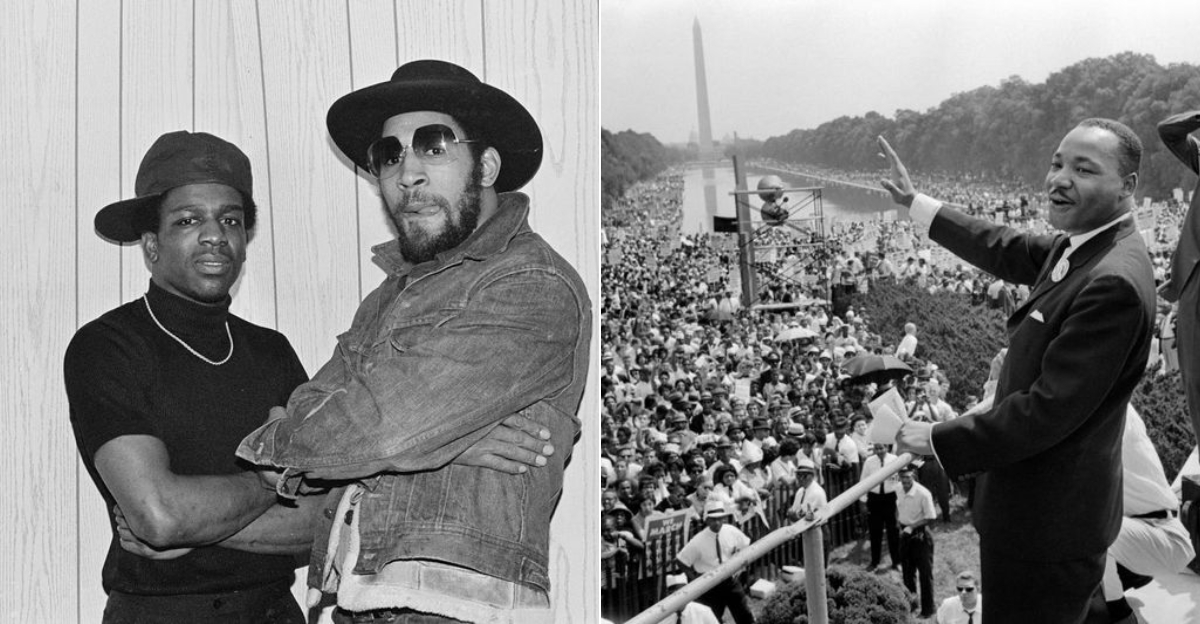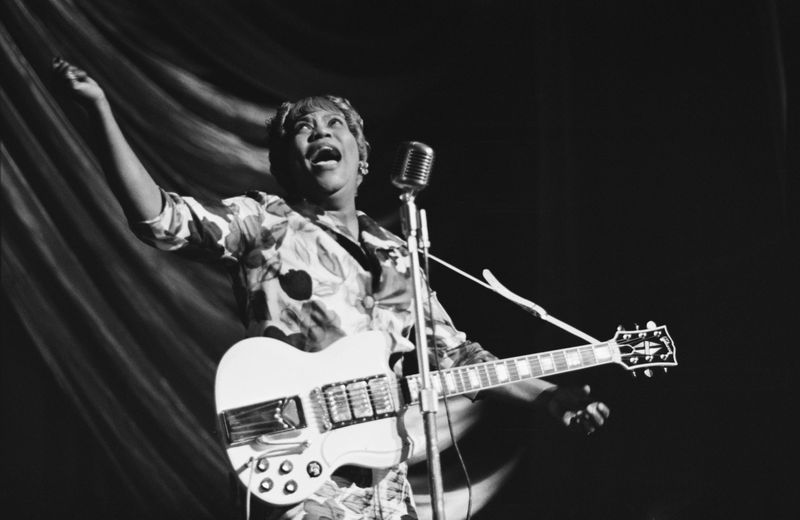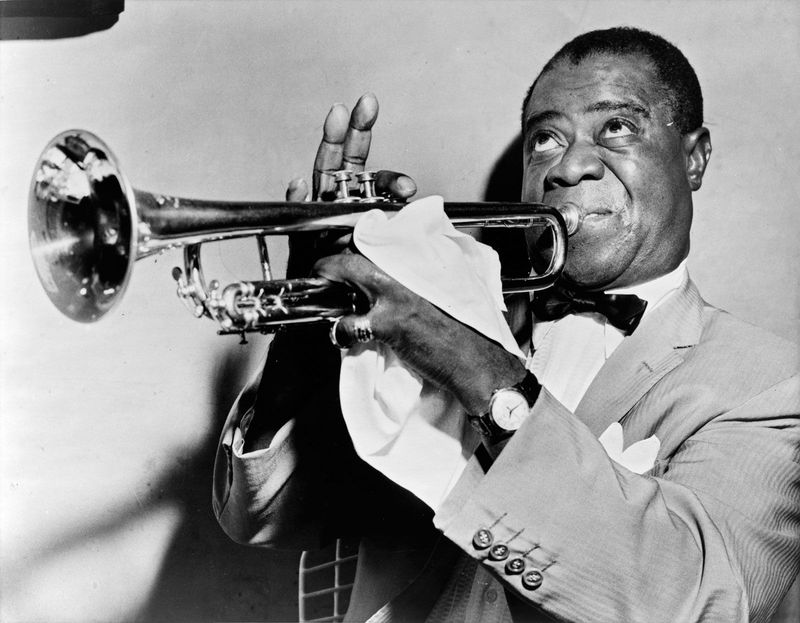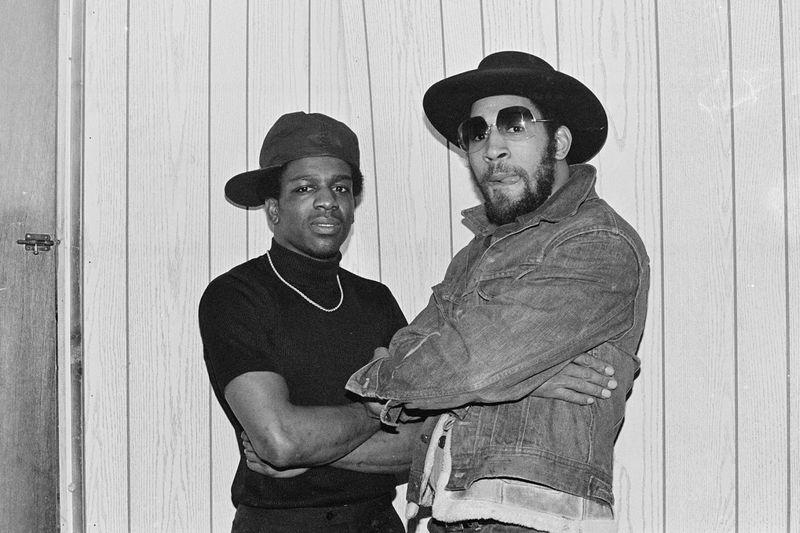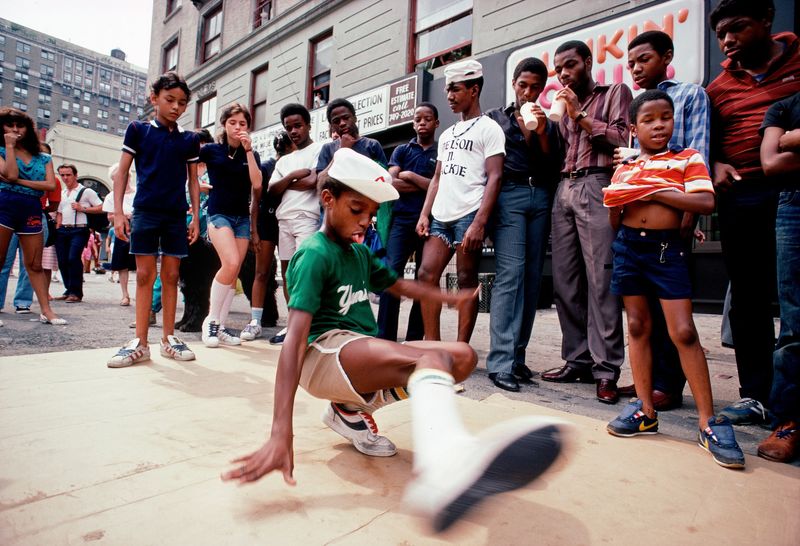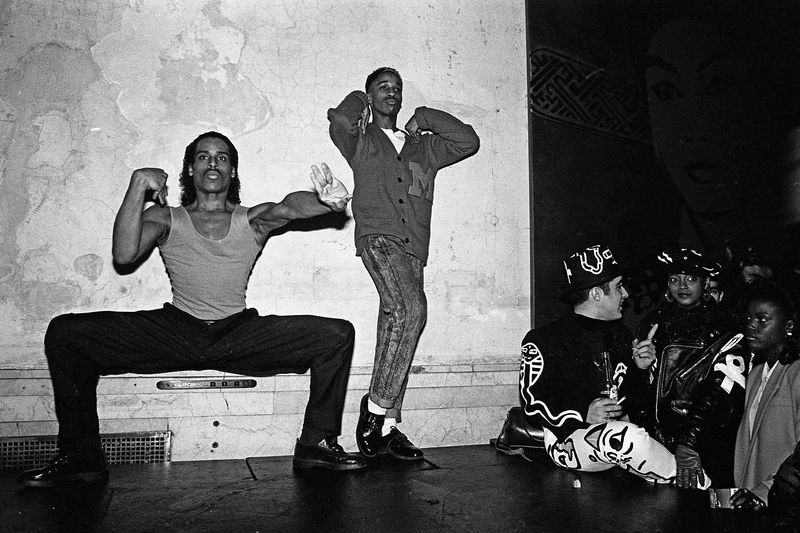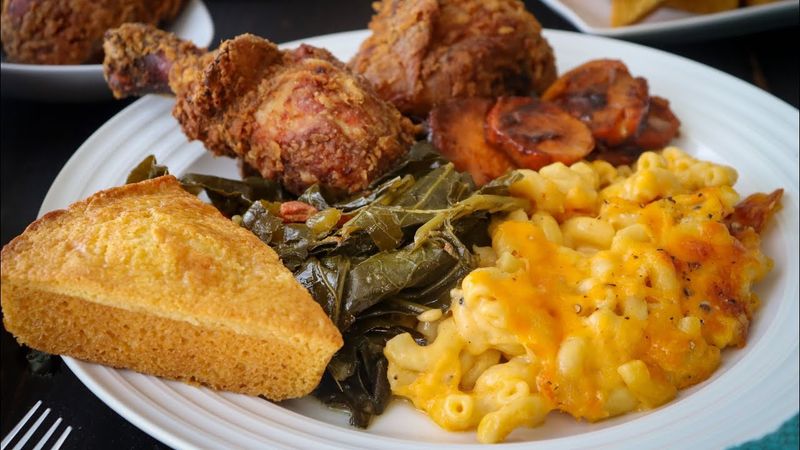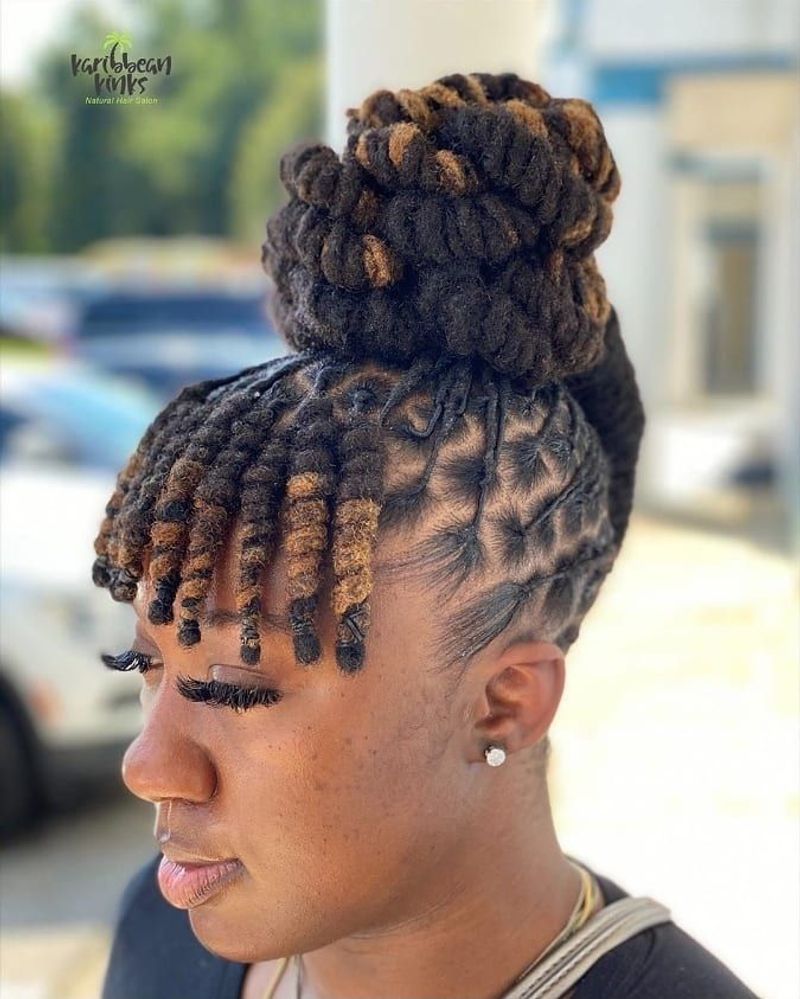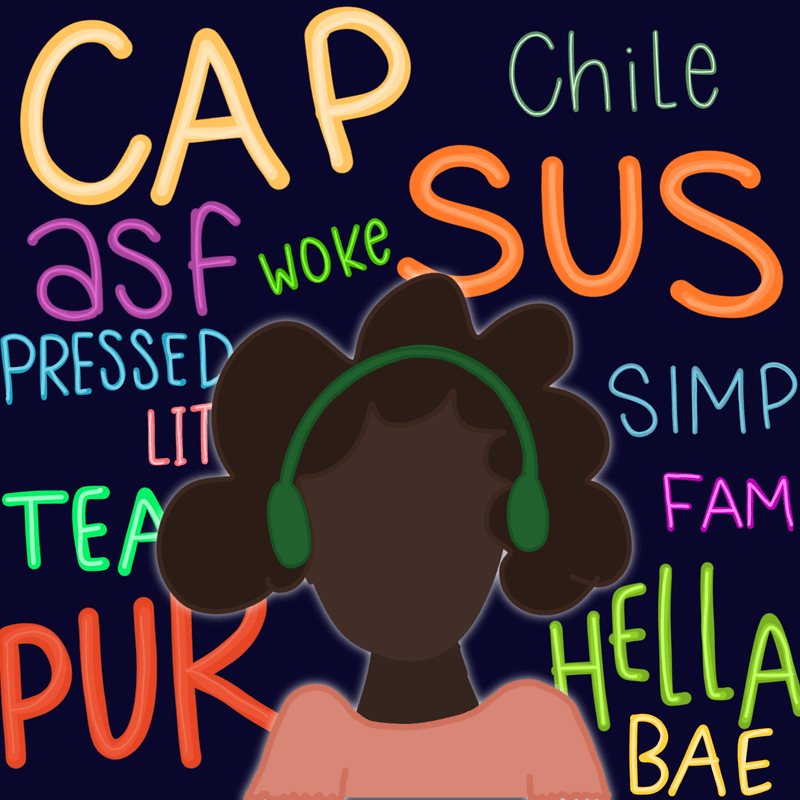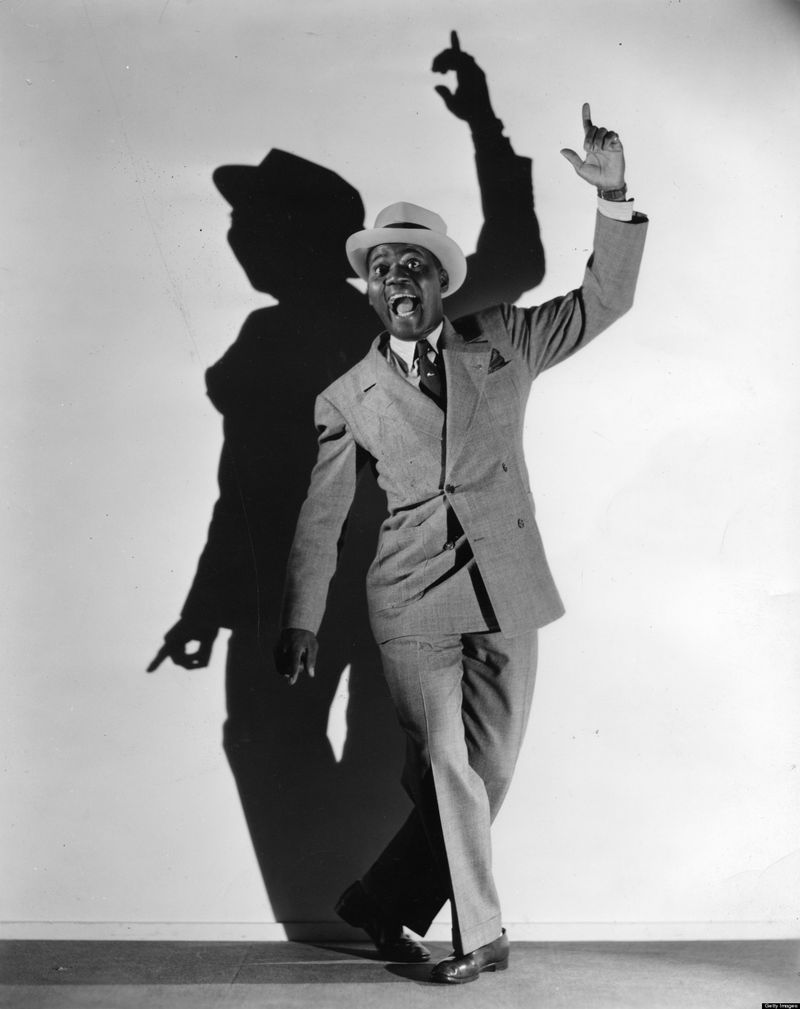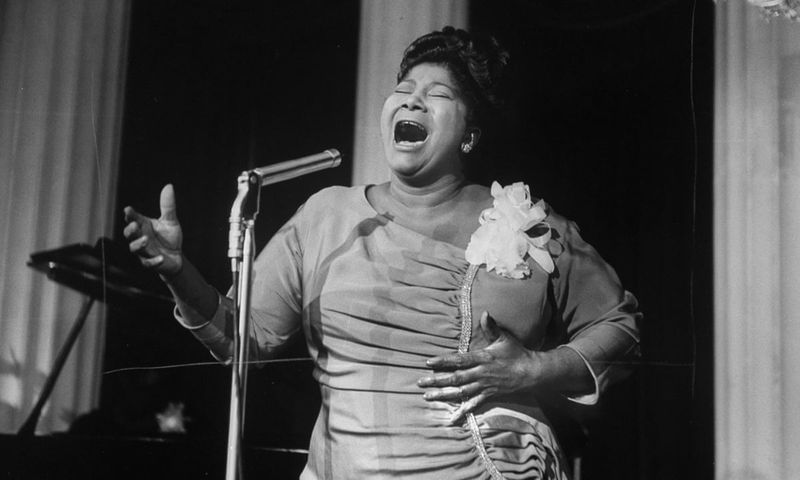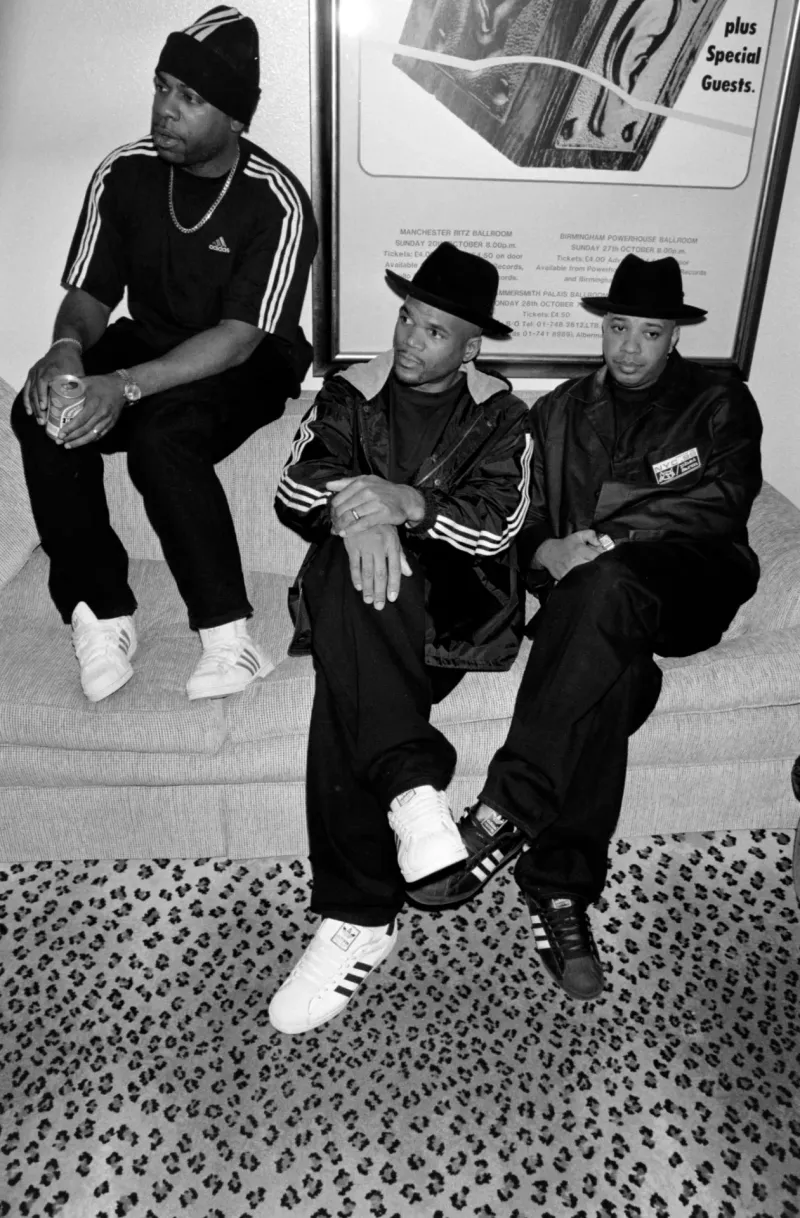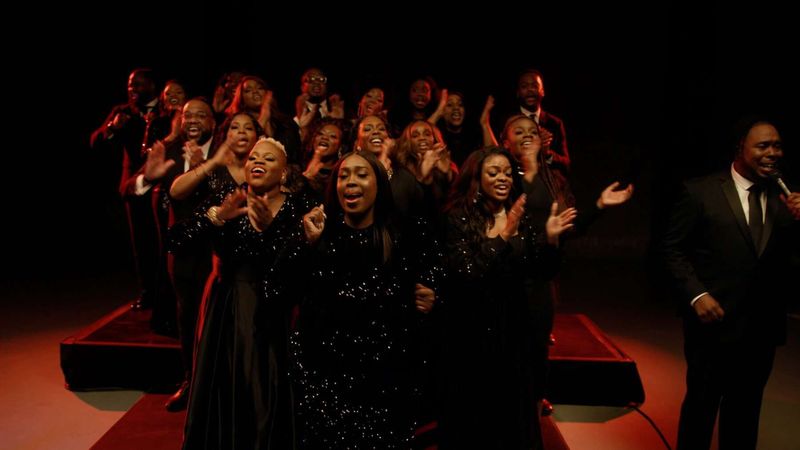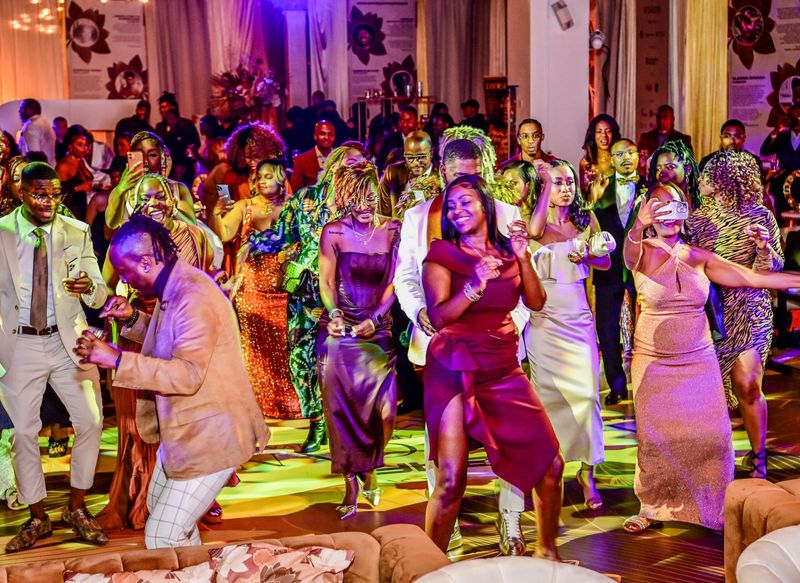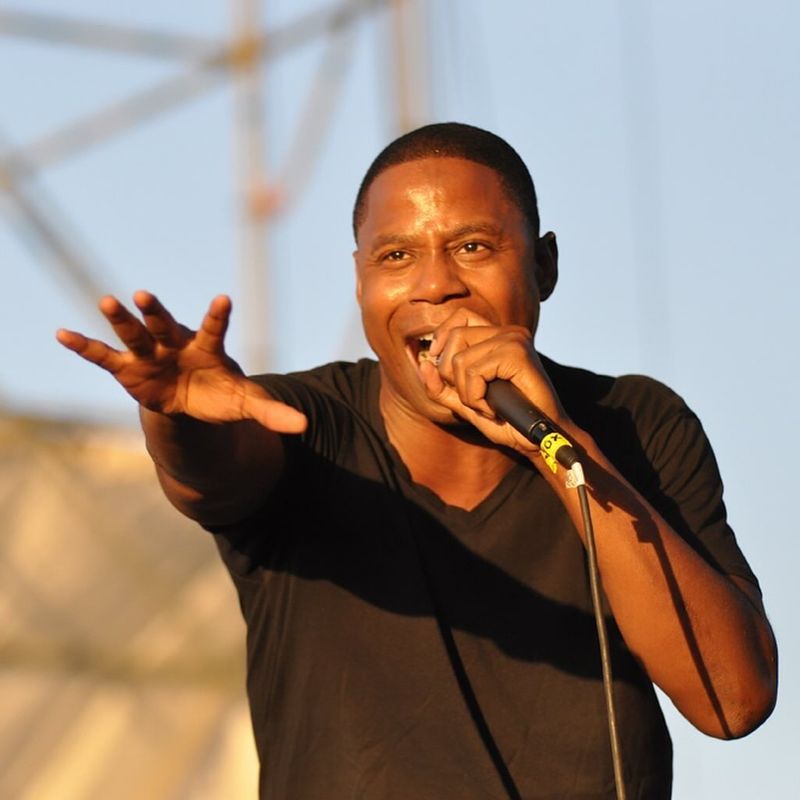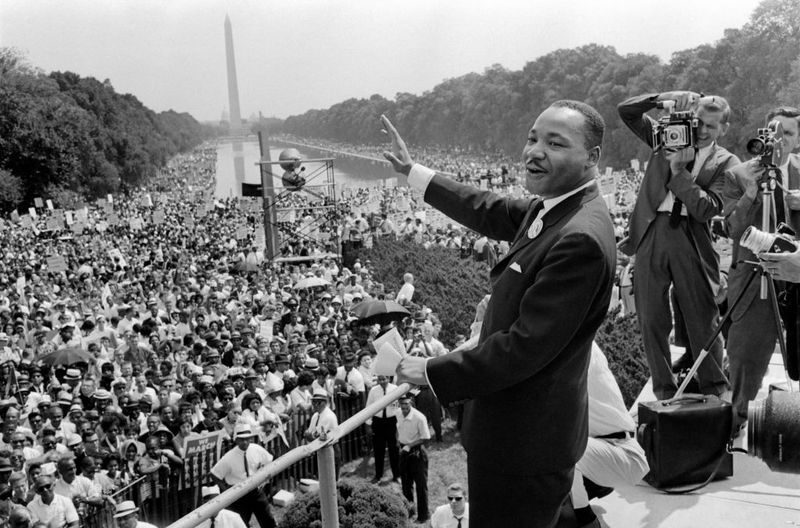Throughout history, many cultural practices that originated in Black communities have been rebranded or appropriated by mainstream culture, often overshadowing their true origins. This blog post explores 15 such practices, highlighting their roots and how they have been transformed or misrepresented over time.
1. Rock ‘n’ Roll
Rock ‘n’ Roll, a genre bursting with energy and rebellion, was born from the rich tapestry of Black musical traditions. Pioneers like Sister Rosetta Tharpe, with her electrifying guitar riffs, laid the groundwork for what would become a global phenomenon. Yet, as the genre gained traction, figures like Elvis Presley were promoted as its face, masking its true origins. This transition exemplifies how Black innovation was often overshadowed in favor of a more marketable image. Despite this, the roots of Rock ‘n’ Roll remain deeply embedded in the contributions of its original Black artists.
2. Jazz Music
Jazz emerged from the vibrant streets of New Orleans, a symphony of African rhythms, blues, and ragtime. Legends like Louis Armstrong and Duke Ellington sculpted this sound into a timeless art form. Despite its Black roots, the genre was rebranded when white bandleaders like Paul Whiteman were anointed as “Kings of Jazz.” This rebranding obscured the authentic origins of jazz music. However, the soul of jazz, with its improvisational spirit and rich history, continues to resonate. Its legacy, forever tied to the innovative Black musicians who birthed it, remains undeniable.
3. Hip-Hop & Rap
Born in the gritty streets of the Bronx, hip-hop and rap became the voice of marginalized communities. Innovators like DJ Kool Herc, Afrika Bambaataa, and Grandmaster Flash infused their narratives with rhythm and poetry. However, as the genre gained mainstream appeal, white rappers such as Vanilla Ice and Eminem were often more widely accepted. The commercialization of hip-hop sometimes diluted its raw, authentic message. Nevertheless, the genre’s true essence, rooted in the struggles and stories of Black and Latino communities, remains a powerful force.
4. Breakdancing (B-boying/B-girling)
Breakdancing, or B-boying/B-girling, revolutionized dance with its explosive athleticism and creativity. This vibrant art form, born from the hip-hop culture of NYC, was pioneered by Black and Puerto Rican youth. Despite its origins, mainstream media often repackaged breakdancing as a mere trend, neglecting its cultural significance. Yet, the dance remains a testament to the resilience and innovation of its creators. Its influence persists, inspiring generations across the globe to express themselves through movement. Breakdancing’s roots, rich with cultural heritage, continue to be celebrated by those who know its story.
5. Voguing
Voguing emerged from the vibrant ballroom culture of Harlem, a dance form that embodies elegance and defiance. Born in the 1980s within Black and Latino LGBTQ+ communities, it served as both expression and escape. The mainstream introduction came through Madonna’s hit “Vogue,” which, while popularizing the style, failed to credit its origins. Despite this overshadowing, voguing thrives as a celebration of identity and creativity. The dance continues to empower those who perform it, echoing the resilience of its originators. Its influence endures in the hearts of those who cherish its history.
6. Soul Food
Soul food, a culinary tradition steeped in history, originated from the ingenuity of enslaved Africans. With limited resources, they crafted dishes rich in flavor and heritage. As these recipes were passed down through generations, they became staples of Southern cooking. Today, many know these dishes as “Southern comfort food,” often disconnecting them from their Black roots. Despite this rebranding, soul food remains a symbol of community and resilience. Its flavors tell a story of survival and adaptation, preserving the legacy of those who first created them. The heart of soul food beats on.
7. Dreadlocks & Braided Hairstyles
Dreadlocks and braided hairstyles, steeped in cultural and spiritual significance, have long been symbols of Black identity. From the intricate braids of ancient Africa to modern interpretations, these styles carry profound meaning. While white celebrities like Bo Derek received praise for similar styles, Black individuals often faced discrimination. Yet, the cultural roots of these hairstyles remain unshaken. They represent a deep connection to heritage and tradition, embodying strength and creativity. Today, these styles are celebrated globally, reflecting the enduring influence of their originators. They remain powerful symbols of beauty and resilience.
8. Slang & Vernacular (AAVE)
African American Vernacular English (AAVE) has enriched language with its creativity and flair. Words like “bae,” “lit,” and “woke” introduced expressive nuances into everyday conversation. However, as these terms gained popularity, they were often mislabeled as “Gen Z slang,” erasing their cultural origins. Despite this appropriation, AAVE remains a dynamic testament to linguistic innovation within Black communities. Each word tells a story, echoing the resilience and adaptability of its speakers. AAVE continues to influence language globally, a testament to its vibrancy and cultural significance. Its roots, though often overlooked, remain profound.
9. Jazz Dance & Tap
Jazz dance and tap, characterized by rhythm and flair, find their roots in African traditions. Pioneers like Bill “Bojangles” Robinson and the Nicholas Brothers dazzled audiences with their footwork. Yet, as white dancers like Fred Astaire gained prominence in Hollywood, the Black origins of these dance styles were often obscured. Despite this rebranding, the heart of jazz dance and tap remains vibrant. These art forms continue to inspire dancers worldwide, their rhythms echoing the creativity of their founders. The legacy of these performers endures, a tribute to their groundbreaking artistry.
10. Gospel Music
Gospel music, a powerful expression of faith and hope, has its roots in Black spirituals and church traditions. Icons like Mahalia Jackson and Thomas A. Dorsey shaped its emotive sound. However, as white artists like Elvis Presley drew from gospel, the genre’s origins were often overshadowed. Despite this, the soul of gospel music remains intact, echoing the spiritual journey of its creators. The genre continues to uplift and inspire, a testament to its enduring power. Gospel music’s influence is felt far and wide, a beacon of the Black church’s rich legacy.
11. Streetwear & Sneaker Culture
Streetwear and sneaker culture, synonymous with urban style, originated from the creative expressions of Black and Latino youth. In the 1980s and ’90s, these communities elevated sneaker collecting to an art form. Yet, as high-end brands and white designers entered the scene, the origins of this culture were often overlooked. Despite this commercialization, streetwear retains its authenticity, rooted in the streets that birthed it. The culture continues to evolve, influencing fashion globally. Its foundations, built by innovative youth, remain a testament to their impact. Streetwear and sneakers, forever intertwined.
12. Call-and-Response in Music & Sermons
Call-and-response, a dynamic interaction between speaker and audience, has deep roots in West African traditions. This lively exchange found new life in Black church services, jazz, and hip-hop. As mainstream pop and motivational speaking adopted this format, its origins were often uncredited. Nevertheless, call-and-response remains an integral part of cultural expression. Its energy fuels connection and participation, embodying the spirit of community. The technique continues to thrive across various platforms, a tribute to its enduring appeal. Its origins, though sometimes overshadowed, remain a vital part of its identity.
13. The Electric Slide & Line Dancing
The Electric Slide, a staple at Black gatherings, is more than just a dance; it’s a celebration of unity and rhythm. Originating from social dances like the Bus Stop and the Cupid Shuffle, it encapsulates the joy of movement. As country line dancing and white weddings adopted these steps, the dance’s Black roots were often forgotten. Yet, the Electric Slide continues to bring people together, its infectious rhythm inviting all to join in. The dance remains a cherished tradition, a symbol of communal joy and cultural heritage. Its steps, timeless and inclusive.
14. Beatboxing
Beatboxing, the art of vocal percussion, originated from the innovative minds of hip-hop artists like Doug E. Fresh and Biz Markie. This unique form of expression became a cornerstone of hip-hop, allowing artists to mimic drum machines with their voices. However, as white performers presented beatboxing as a novelty act, its true origins were often obscured. Despite this, beatboxing remains a vibrant element of hip-hop culture, celebrated for its creativity and ingenuity. Its roots, intertwined with the genre’s history, continue to inspire new generations. Beatboxing endures, a testament to its inventiveness.
15. Protest Movements & Civil Disobedience
Protest movements, characterized by tactics like sit-ins and marches, were honed by Black leaders during the Civil Rights Movement. Figures like Martin Luther King Jr. and Ella Baker championed these methods as tools for change. As later movements adopted similar strategies, the origins of these tactics were sometimes overlooked. Nonetheless, the impact of these Black-led initiatives remains profound, their legacy inspiring activists worldwide. Civil disobedience continues to be a powerful force for justice, rooted in the courage and determination of its pioneers. Their influence endures, shaping the course of history.
